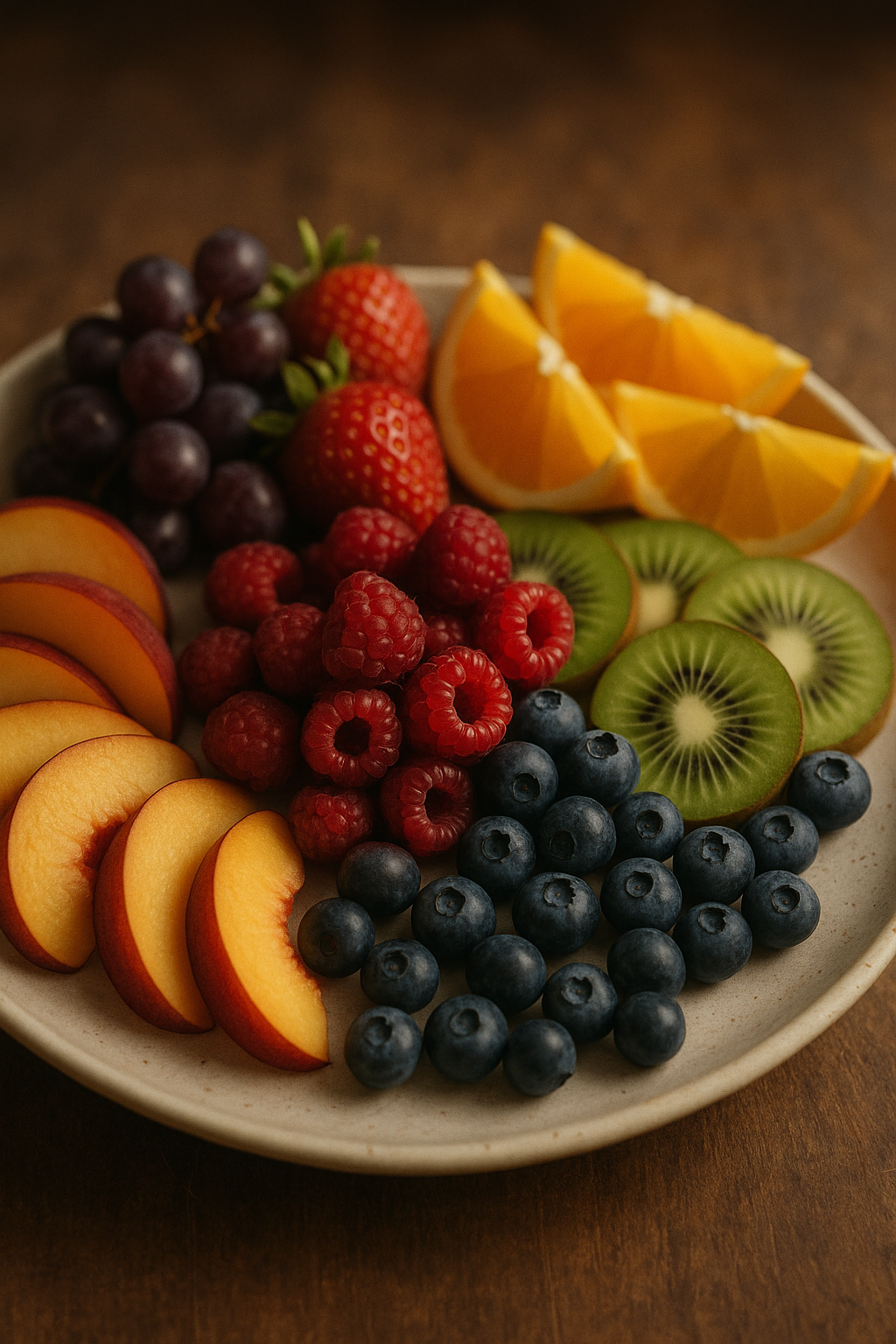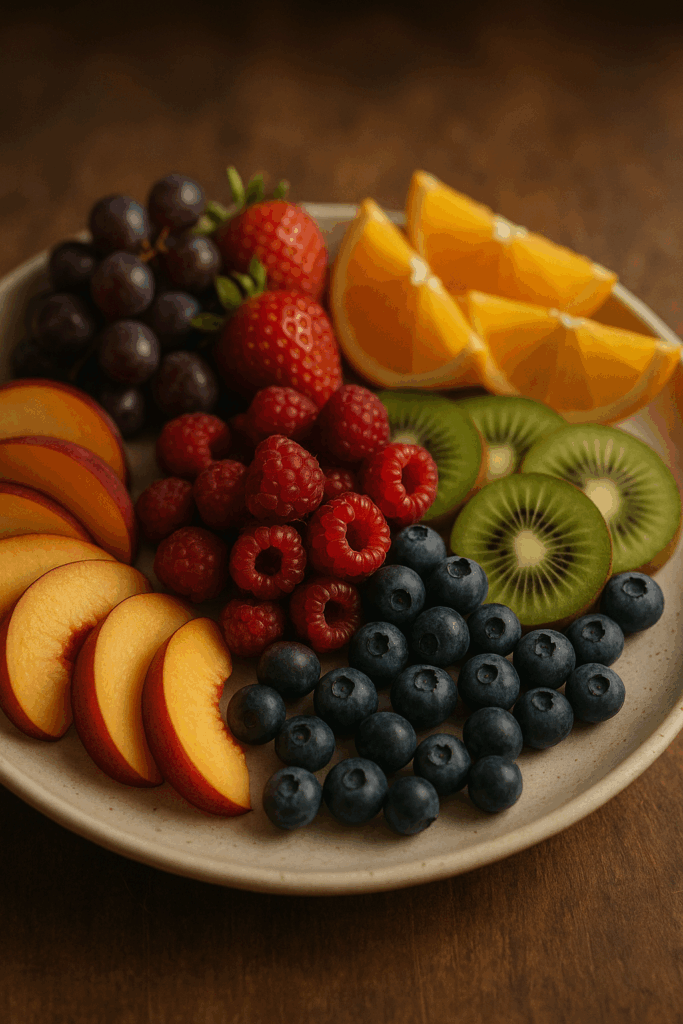Fructose: What is it?

Letzte Aktualisierung am 17. May 2025 von Dr. Michael Zechmann-Khreis
Fructose is a sugar that is mainly found in foods such as fruit and vegetables. There are different types of sugars. All members of the sugar family have a similar chemical structure and belong to the carbohydrate family. Sugars therefore always consist of carbon atoms, which usually combine to form a unit in the form of a ring. If there is only one of these ring units, it is called a simple sugar or monosaccharide. If several such rings are present, they are multiple sugars. Fructose is such a simple sugar.
The name fructose is derived from the Latin word “fructus” for fruit. In German, fructose is actually spelled with a “k”, the spelling with a “c” became widespread a few years ago, which is why you often read the terms fructose and fructose intolerance on blogs, websites and articles. The correct spelling with a “k” is now more common.
Where and how is fructose found?
On the one hand, fructose exists in free form, i.e. it simply occurs as fructose. On the other hand, it can be present in bound form, e.g. as part of a di- or polysaccharide. Fructose, for example, is one of the two units of the disaccharide sucrose (the well-known household sugar), while the other unit of household sugar is glucose (grape sugar). Other examples of bound fructose are long-chain sugars such as inulin, oligofructose and many other carbohydrates.

Whether this bound fructose is relevant for patients with fructose intolerance or not depends on whether the bound form is converted into the free form during the digestive process, as only this free form can enter the bloodstream – which does not happen or only happens insufficiently in patients with fructose intolerance. If this does not happen, as is the case with oligofructose, for example, the bound form of fructose is excreted unchanged and does not cause any problems in the case of fructose intolerance. It should be noted that this bound form can be digested by bacteria in the intestine. This causes bloating, for example, which is not a symptom of fructose intolerance, but a normal physiological process. It is even important to eat such complex carbohydrates, as they are vital food for the “good” bacteria in the gut.

How much fructose is present in which foods is a factor in the tolerance of fructose intolerance. However, other factors, such as the type of bound fructose, amount of sugar alcohols, amount consumed, preparation method and much more, also play a role. play a role. We have therefore developed a database that evaluates the tolerability of foods based on these factors. You can access the results of this research in our tables here on the nmi portal or via our“Ask Ingrid!” app.
Warning about fructose in processed foods
Fructose is also often found in diabetic products or in flavored soft drinks and mineral waters. Lemonades are often described as “light”, in which case you should definitely check the list of ingredients. Fructose is often hidden behind them as a sweetener. People with fructose intolerance should always pay close attention to the list of ingredients or – with due caution – use an app such as “Frag Ingrid”, which can calculate the tolerance.
Sources
DiNicolantonio, J. J., O’Keefe, J. H., & Lucan, S. C. (2015). Added fructose. Mayo Clinic Proceedings, 90(3), 372-381. https://doi.org/10.1016/j.mayocp.2014.12.019
Jackson, P. Pj, Wijeyesekera, A., Williams, C. M., Theis, S., Van Harsselaar, J., & Rastall, R. A. (2023). Inulin-type fructans and 2’fucosyllactose alter both microbial composition and appear to alleviate stress-induced mood state in a working population compared to placebo (maltodextrin): The EFFICAD Trial, a randomized, controlled trial. The American Journal of Clinical Nutrition, 118(5), 938-955. https://doi.org/10.1016/j.ajcnut.2023.08.016
Zechmann-Khreis, M. (2020). Food intolerances: elimination diet, healthy eating & well-being: Understanding and living with lactose, fructose, histamine. MZK Publishing House
